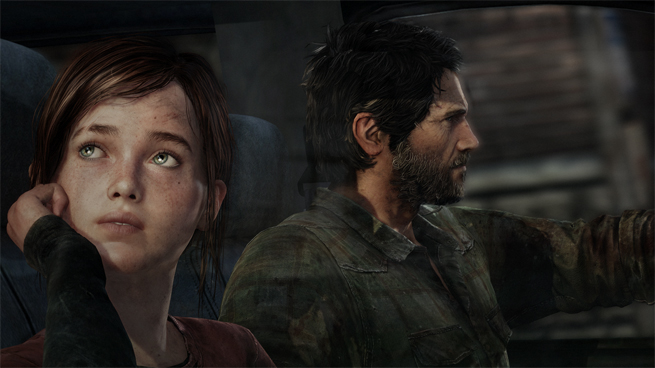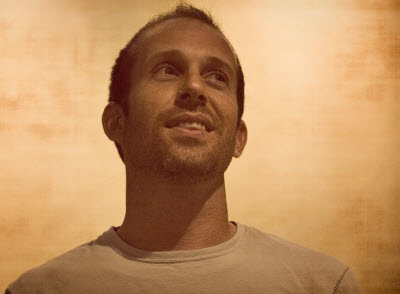This interview has major story spoilers.
Much like with BioShock Infinite, Naughty Dog’s The Last of Us has inspired a huge Internet discussion about morality of its ending. The game is burning up the charts and will likely be one of the most successful PlayStation 3 exclusive titles of all time.
We talked to Neil Druckmann, the creative director for the game at Naughty Dog, and director Bruce Straley about the striking differences between the cinematic beginning of The Last of Us and its understated, almost anticlimactic ending. They talked to us in a comprehensive wrap-up interview, and we’ve broken out this snippet about the comparison between the start and the finish of the game. Please leave your own comments and thoughts.
For the extended version of our interview (part one), please check out this link. And here is part two of our extended interview. And here is our excerpt on the female characters, our excerpt on gameplay decisions, and another excerpt on the inspirations for the game.
GamesBeat: The beginning of the game knocked me off my feet. It was very different in that you started out with the impact of this virus on everyone else. A typical zombie story or whatever, it seems like it would start out with an explanation of where the virus came from or something. You guys didn’t do any of that stuff. You just started with something weird happening in this town. Can you talk about that?
Bruce Straley: We didn’t want it to be about a government conspiracy. We didn’t want it to be about the backstory. It’s a game where you play as these two survivors making their way across a post-pandemic world. That’s our focus. Getting into all that other unwieldy exposition-y storytelling just gets in the way of what we’re trying to do.
Throughout production, Neil and I focused on how less is more. How do we strip down things to get to the core? How do we leave things to subtext? Specifically, using the video game medium for what you’re describing about how we started the game—It’s more intriguing to play through these events as they truly would happen to somebody, and not have the privileged knowledge about what’s on TV or how scientists have discovered this virus and how it spreads. It’s more interesting to see how it’s actually going to go down. It’s way more intense, because it leaves so much to your imagination.
The Hitchcock way of doing things is that you’re left to interpret it yourself, which is way worse than listening to somebody expound on how A matches with B and B equates to C. That’s not nearly as intriguing.
One other lesson learned is that you don’t have to show your whole game development. That was a success for us. We showed very little of the game and I think that paid off at the end. Going forward, I think we’ll keep doing that.
Neil Druckmann: The intro is about a family. That’s ultimately what the story is about. The opening shot of the game is Sarah and the closing shot is Ellie. That’s what the story is about, the bond with these two girls.
GamesBeat: That was one of my questions. What should the gamer remember about the beginning when they come upon the ending?
Druckmann: That’s an interesting one. There’s the question of what Joel has lost. The game explores this concept of a fate worse than death. If you turn into one of the infected and you’re still conscious, but lost in there, that’s a fate worse than death. Here’s this guy who’s lost his kid. That’s the worst fate for a parent. You’d rather die a hundred times than experience your child dying. And here he is at the end about to experience that again. How far is he willing to go to not have that happen?
GamesBeat: The first 15 minutes or so of the game, it was so beautiful. It was movie-like. The interesting comment is that for a lot of gamers, when you say a game is movie-like, it’s a negative thing. It means you have to watch it instead of playing it. How did you feel about that duality there?
Druckmann: Usually the word that’s used is “cinematic.” Some people see that as a pejorative for a game. We don’t. Steven Soderbergh gave a good talk about what it means to be cinematic. He talks about having authorial intent, using pacing, using lighting and shots. When we looked at the intro, the question was, “How do we set up the tension of the world?”
You gain control of Sarah. You’re walking out and turn the camera, and then you see light coming from Joel’s room. You start to hear this news report and you walk in. That seemed like about the right amount of time to pass to give you the next clue, so you hear the news report. Then you hear the explosion and the window rattling. We use sound effects to complement that. Then the music comes in when Joel runs into the house. It’s using all those storytelling elements that are usually attributed to cinema, but we’re using them in gameplay. To us it’s like, why wouldn’t you use that language? We’re a visual medium as well.



